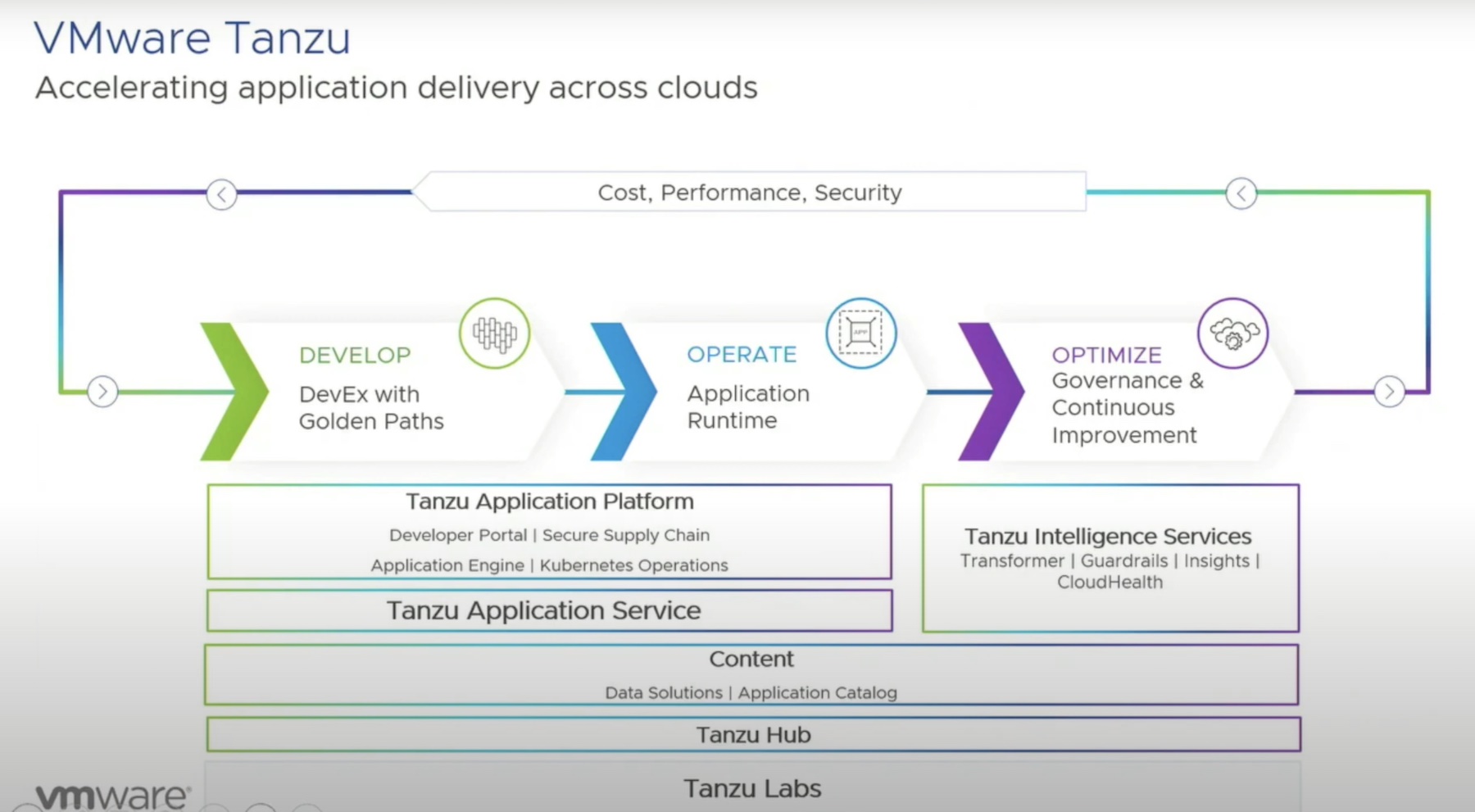Leadership, management and agility are becoming important watchwords in the role of IT delivery and it is these three concepts which need to drive any IT organisation forward over the next decade or so. It is the third of these that is probably the most important.
Leadership and management can almost be interchangeable when an organisation is in a steady-state and lets be honest, most IT organisations have been in some kind of semi-steady-state for the last decade. IT Delivery became very procedural in a glacial sort of way.
Radical change in many IT organisations is simply shuffling the cards around without adding anything else in; perhaps moving what already is being done to a third party. In fact, arguably the trend to outsource can be pretty much attributed to the steady-state of the organisation. IT became something to be managed as opposed to something to lead. IT leaders who want to change things rapidly and quickly often find themselves at conflict with their own internal organisations; it becomes easier to accept the status-quo as opposed to embracing the change.
Arguably, IT’s success in becoming ubiquitous in many organisations has become it’s biggest blocker to change; IT has become so large and so important that it’s ability to respond to the business has become seriously compromised by this importance. Look at the sheer amount of work it takes to roll out a new version of Microsoft Office to an organisation? Okay, it is a moot point whether upgrading Microsoft Office buys very much to an organisation but lets look at the number of corporates who are still running with huge amount of risk because changing from IE6 to a later version is allegedly so complex.
This apparent complexity has lead to an inward focus on the delivery of IT and paradoxically this focus on the delivery of IT has significantly damaged it’s delivery. It has become more important to the manage the delivery than to deliver.
However, we have already seen changes in the way that applications are being delivered and developed; agile development techniques are probably used for more than 50% of our applications internally. I suspect that this is an industry trend and your mileage will certainly vary, yet I remember when I first ran an agile development team nearly ten years ago that this was considered to be extremely unusual and that the ‘Agile Manifesto’ was some kind of hippie movement.
The move to agile development techniques has been remarkably quick compared to say that of take up of object orientated techniques which can only be attributed to that there is something right and easily implementable about the techniques. You can find the Agile Manifesto here.
Agile development techniques have some key points that I believe point to the direction that all IT organisations need to take.
- Customer involvement in writing the stories which are to be delivered are key; every successful agile development has customer involvement at it’s heart. Don’t hide your people away from the Business; introduce them slowly if needed but stop making every communication between the IT organisation and the Business a management function.
- Leaders can develop without been forced into some management cookie-cutter mould. A great developer gets to work with many different developers and gets to disseminate their greatness but there is no pressure on them to become managers or team-leaders.
- Teams should be allowed to organise themselves and define their own structures. They will often surprise you and if you allow them to break down organisational silos, you will find that their effectiveness is significantly increased.
- The acceptance that no plan survives contact with the enemy. This does not mean that there should be no plan but there needs to be flexibility and options.
- Simplicity and the art of doing the minimum to deliver is essential. For a long time I have preached the concept of ‘Constructive Laziness’; do nothing which does not need doing and do what needs doing in the easiest manner.
How many organisations are ready to embrace this? I think this where the real difference between Leadership and Management will show, to implement such principles means taking up the mantle of Leader and dropping some of the comforting tropes of the Manager.





Great post. I really like your analysis of the new IT department and how it is effecting BI. We have a community for IM professionals (www.openmethodology.org) that discusses related topics and we have bookmarked this post for our users. Looking forward to reading more of your work and sharing with our community.